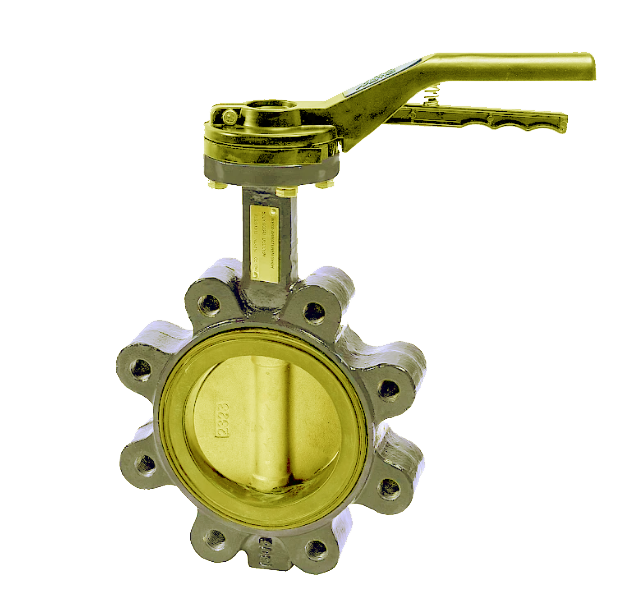Butterfly Valve - Ductile Cast Iron (ASTM A536)

Typical specs
-
Body material: Ductile cast iron (ASTM A536)
-
Disc options: Ductile iron, 304/316 stainless, or coated disc (epoxy / Ni-Al-Bronze)
-
Seat: EPDM (water), NBR (oil), PTFE (chemicals/high temp)
-
Size range: 2"–48" typical (up to larger sizes on request)
-
Pressure rating: PN10 / PN16 or ANSI Class 150 (verify manufacturer)
-
Face-to-face: wafer or lug options available
-
End connection: wafer between flanges or lugged with threaded inserts
-
Operation: Lever (manual), gearbox, pneumatic actuator, electric actuator
-
Standards & tests: API 609 (when metal-seated), ISO 5752, MSS SP-67 (industry practice)
-
Typical temp range: EPDM: -30°C to +120°C; PTFE: -20°C to +200°C (verify)
Butterfly Valve - Ductile Cast Iron (ASTM A536)
The Butterfly Valve in Ductile Cast Iron ASTM A536 (BIAV-BVDCI-435) offers reliable flow control in water, HVAC, and industrial piping systems. Its lightweight body and precision-machined disc ensure smooth operation and reduced torque, making it an economical solution for large-diameter applications. Designed with a tight shutoff, this valve delivers performance under moderate pressures and temperatures while maintaining cost efficiency.
Durable ductile iron construction enhances strength and flexibility, reducing the risk of cracking under stress. With options for manual, pneumatic, or electric actuation, the Butterfly Valve ASTM A536 (BIAV-BVDCI-435) provides versatility in system integration and maintenance, making it a dependable choice for engineers and plant operators.
Selection checklist
Is the valve for isolation or throttling? (butterfly is good for both at moderate accuracy)
Fluid type and compatibility (abrasive, acidic, slurry?) → seat/disc material selection
Required pressure class & flange standard (ANSI/DIN/BS)
Actuation type and fail-safe (spring close/open) needs
Fugitive emission requirements / fire-safe spec?
Maintenance & commissioning
Torque-check actuator coupling and flange bolts on commissioning.
Cycle test (open/close) under no-flow and under flow.
Check seat leak class (bubble test or manufacturer hydro test).
Grease/inspect stem & gear at scheduled intervals; replace seat if leaking.
